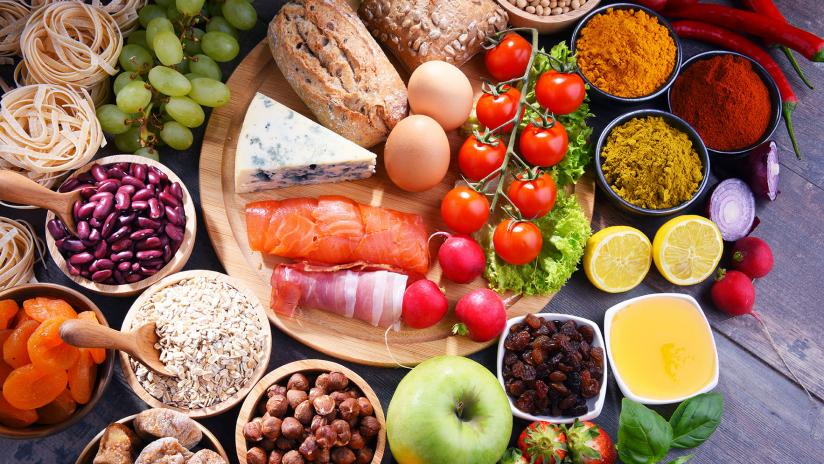Perishable Food Spoilage and How to Spot It

When you are running a hotel or food manufacturing business, it becomes your responsibility to take care of the safety of those who trust your business for their safety. This is why it is important to get yourself or your team trained with a food handling course online or get a food handler certificate online so you can be sure about the healthy food being served at your facility.
But to identify spoiled food, you do not have to be an expert or get a food handling certificate online, as we bring to you this detailed blog that talks everything about perishable food items and how to identify spoiled food.
Examples of perishable foods
So, before we dive deep into the topic, it is very important to have a good understanding of perishable food items that are likely to get spoiled and can become unsafe to eat, if they’re not consumed within a short time after purchase. Some of the common perishable items include:
- Milk, cheese, and other dairy products
- Seafood
- Poultry
- Beef
- Pork
- Vegetables and fruits
What causes food to spoil?
One very important part of ensuring the safety of the patrons at your facility is having a good understanding of what can cause the food items to spoil. So to answer this, food spoilage can happen when there’s a disagreeable change in the normal state of the food making it unfit to eat. As a result, the food item can change in taste, texture, smell, or appearance.
In most cases, as described by almost every food handling course online, food item spoilage is usually caused by yeast, mold, or bacteria. An example of this is the green or white fungus you would have noticed on the bread, if not eaten on time. Spoilage caused by harmful bacteria is commonly known as pathogenic spoilage and renders food unsafe to eat.
Common signs of spoilage
Dairy products –
Dairy products like milk, cheese, etc. Are very common to get spoiled and a good sign to identify the spoilage is that these products that have gone bad are black or green mold. You can also check if there is any strong smell and taste, or curdling.
Fruits and vegetables –
When you have fruits kept for a long time and want to check if they’re safe to eat, check for any kind of bad smell, soft or mushy texture, and mold.
Seafood and meats –
One of the most common ways to identify spoilage of meat products or seafood is discoloration, slime and a foul odor.
Low-risk foods –
Many people do not know, but low-risk food items like canned or baked goods can also get spoiled. A common sign of the spoilage of these products is green or white mold. On the other hand, canned products can release a strong smell or look cloudy. If you see that the can itself is getting a bulge, then it’s a clear sign that the item is not safe to eat or drink at all.



